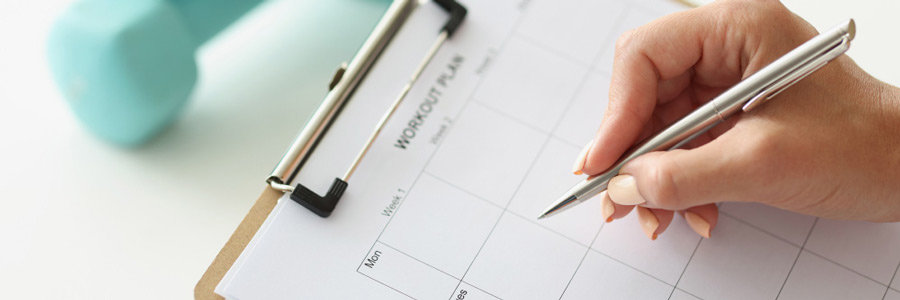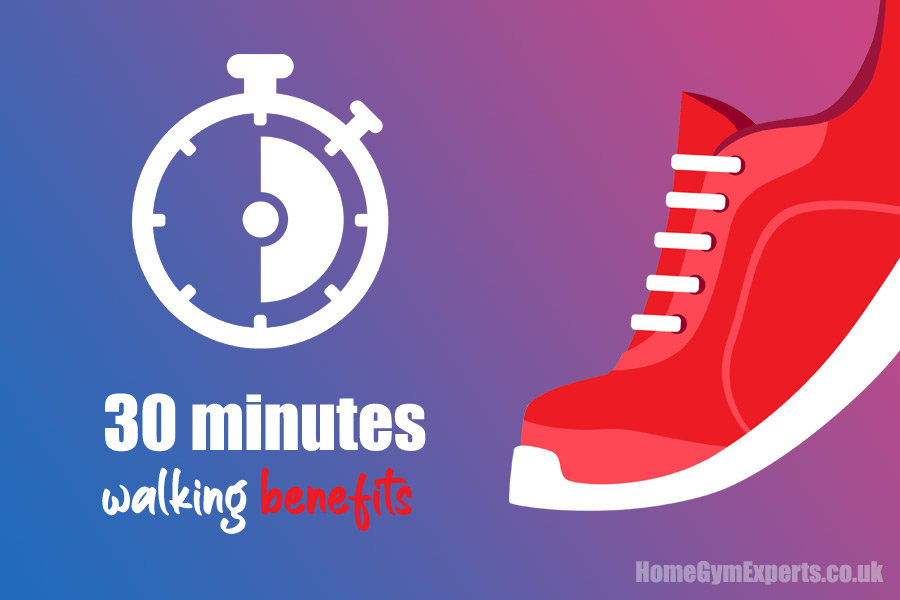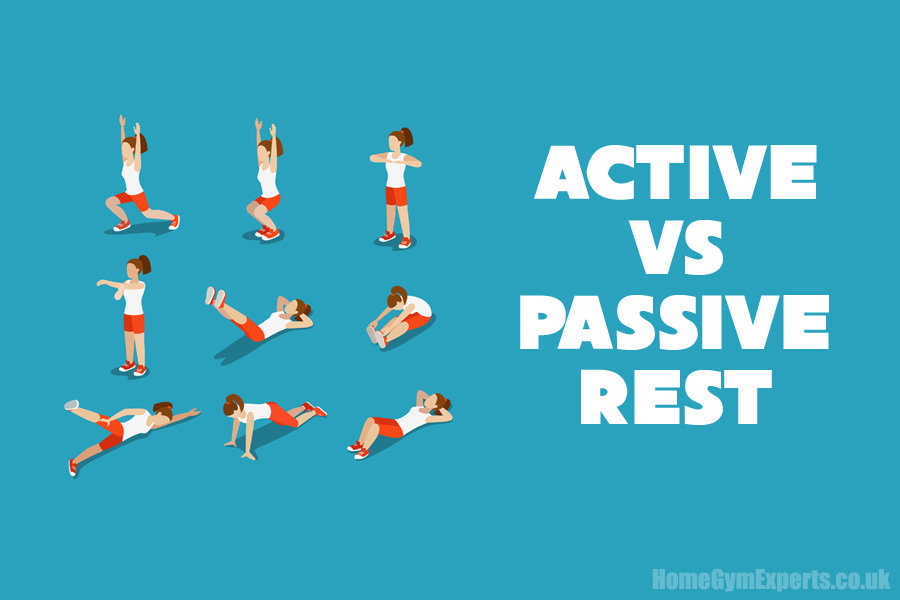It is hard to believe that the school holidays are only 6 weeks long – they feel like 6 months at the time! The summer break throws normal life out the window while you try to keep the kids entertained. From day trips to sports clubs, it feels like you are constantly on the go. Even teenagers, while they might insist that they do not need you watching over them, end up demanding more of your time (‘demanding’ being the operative word!).

A lot of parents find that their exercise routine gets disrupted during this period. On top of this, they eat more junk food because days out and holidays inevitably involve more treats. There is nothing wrong with this, it is all part of life! However, now that the kids are back in school, it is time to get back into fitness and sensible eating.
Mental challenge
The biggest hurdle to getting back into things is mentally readying yourself to take the first step. This is a challenge because it involves confronting the fact that your fitness levels are below where they were in July and that you are carrying some extra weight. It is tough to admit that you have rolled back on your progress, but it is necessary.
Instead of beating yourself up or dreading the work, you will have to put in, reframe your thoughts. You have enjoyed your time with your family. It was hectic, but it was fun and you only have a precious number of years to enjoy being with your children before they are grown. You may have to face a few difficult gym sessions now and pay attention to your calories again; however, you have done this all before and you know that you can do it again.
Establishing an exercise routine
Once you are ready to restart exercising, you need to get practical. Look in your diary and find slots that will be suitable for blocking out every week, so that you can keep your exercise times consistent. We recommend easing yourself back into things as your body will be more vulnerable to aches and pains. One or two sessions will be enough in your first week. Aim to build this up to two or three sessions over the next few weeks.

You may find that your schedule does have convenient times for going to the gym. If this is the case, consider buying some exercise equipment for your home. We recommend that people start with one cardio machine and some appropriate free weights. Having equipment at home is the easiest way to make sure that you have time for a workout because you can always squeeze it in before or after work, or during your lunch break if you are working from home.
Micro-activity
If the thought of doing a 45-minute sweat session makes you queasy or if you genuinely cannot find the time for yourself, then you might be interested to know that research has shown that ‘micro-activity’ can be an effective way to structure your cardio workout. It works as follows: instead of doing all your exercises in one session, the micro approach involves breaking it down into 5 or 10-minute increments…or even shorter!
The exercise can be anything you want it to be, the only rule is that you must get your heart rate up. So, for example, you could take a brisk 10-minute walk up and down your street, you could take the stairs instead of the lift, or you could bring the kids to the park and kick a football around with them. For shorter bursts, you could jog on the spot while the kettle boils, vigorously vacuum a room (actually, cleaning can be quite good cardio), or do jumping jacks during tv ad breaks. The micro approach is really flexible and a great way to get yourself back into exercise.
Diet

Everyone lets their diet slide during the summer holidays – what kind of person could resist a ’99 cone on a hot day? There is no need to go too extreme when returning to normal eating habits because depriving yourself of all goodies will only make you crave them more. Instead, download a calorie tracking app and set yourself a manageable calorie deficit goal, like 250-500 calories a day depending on your starting weight.
Once you know your daily calorie allowance, you can start meal planning. There are loads of healthy soups, stews, roasts and other tasty dishes that you can cook that will fit into your calorie plan. Treats do not need to be entirely off-limits, just make sure that you stick to your calories and that the rest of your diet is filled with protein, healthy fats and complex carbs.
Back on track
Following this advice should ensure that you get back on track, build up your fitness and shed the extra pounds…just in time for Christmas.









